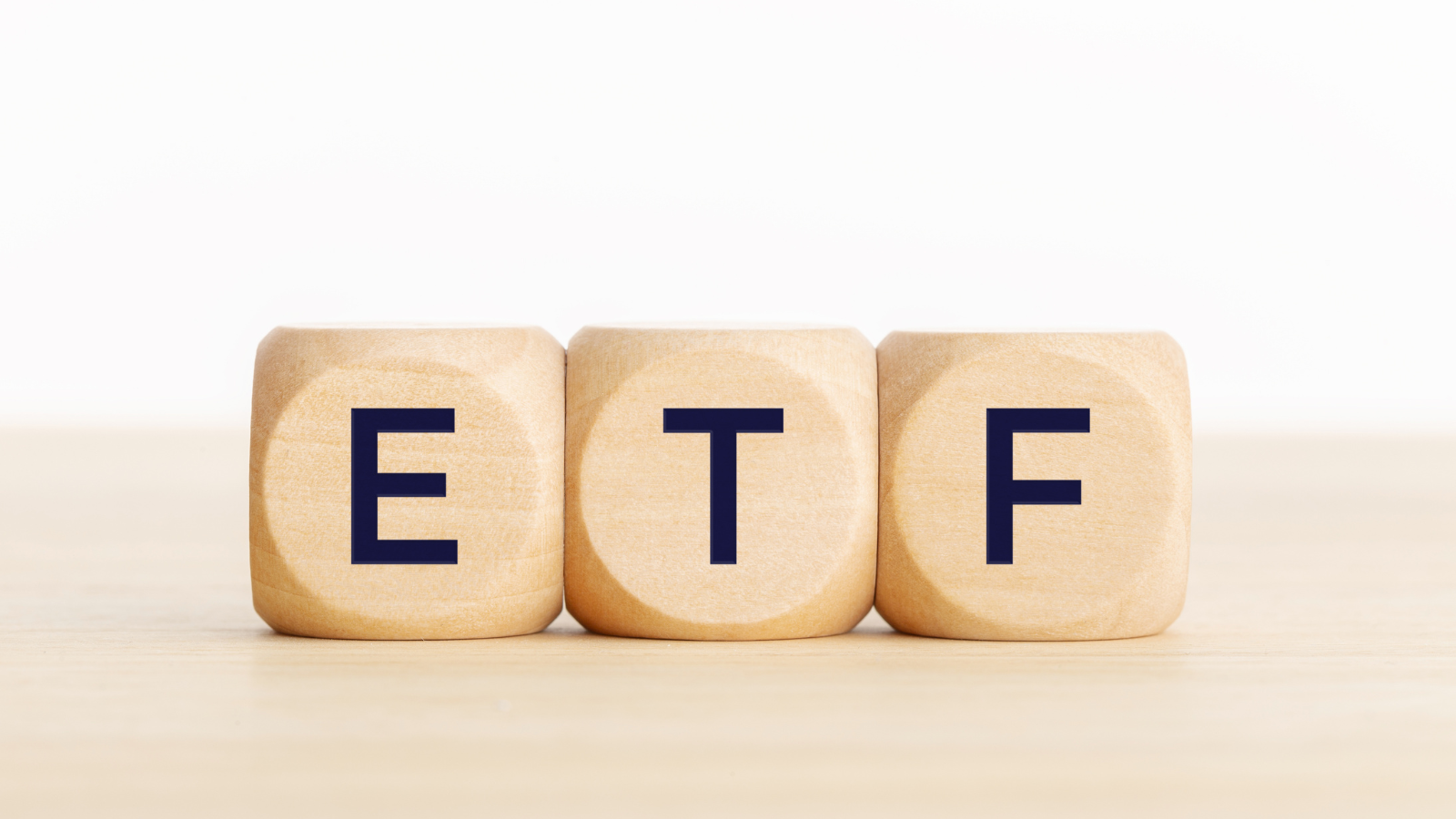Investing in Crypto: The Bottom and the Looming Bull Run
Cryptocurrency has never been a space for the faint of heart, with its extreme volatility and the associated risks and rewards. But, it's essential...

On October 27, 2020, the European Parliament's economic affairs committee approved the EU's Markets in Crypto-Assets (MiCA) regulation with overwhelming support. The vote was 35 in favor and only 2 against, with 1 abstention. MiCA is intended to provide a regulatory framework for crypto-assets and to ensure that crypto-assets are appropriately classified for financial regulation purposes.
What is MiCA?
The goal of MiCA is to create a level playing field for market participants and reduce the risks associated with crypto-assets. MiCA will achieve this by clarifying the classification of crypto-assets, providing rules on their issuance, and establishing governance requirements.
In terms of classification, MiCA will treat crypto-assets as financial instruments if they perform the functions of money or investment; otherwise, they will be treated as commodities. This classification will have important consequences for how crypto-assets are regulated. For example, financial instruments will be subject to pre-trade transparency requirements under the Markets in Financial Instruments Directive II (MiFID II), while commodities will not.
In terms of issuance, MiCA will require issuers of incentives to seek prior authorization from national competent authorities before they can be marketed to retail investors. This requirement is designed to protect retail investors from being harmed by incentives that are not properly aligned with their interests. In addition, issuers of stablecoins will be required to maintain full reserves at all times equal to the value of the stablecoins issued.
Finally, in terms of governance, MiCA will require crypto-asset service providers to put in place robust risk management frameworks and supervisory arrangements. These requirements are designed to protect consumers and investors from losses resulting from fraud or theft.
What's Next?
The next step is for the European Parliament and the Council of the EU to reach agreement on a final text of the regulation. Once that happens, the regulation will be published in the Official Journal of the EU and will come into force 20 days later. Member states will then have 18 months to transpose the regulation into national law.
Lawmakers overwhelmingly voted in favor of EU's MiCA regulation yesterday, ensuring that crypto-assets will be appropriately classified and regulated under financial law. The goal of this regulation is to create a level playing field for market participants and reduce risks associated with these assets; it does so by clarifying classification, providing rules on issuance, and establishing governance requirements. The next step is for European Parliament and Council of EU to reach agreement on final text of regulation; once that happens, member states will have 18 months to transpose it into national law.

Cryptocurrency has never been a space for the faint of heart, with its extreme volatility and the associated risks and rewards. But, it's essential...

The cryptocurrency world, as well as the traditional financial world, is abuzz with talk of Exchange Traded Funds (ETFs). It appears to be the next...

In July 2022, BlackRock, the world's largest asset management firm, was actively traded on the New York Stock Exchange (NYSE).